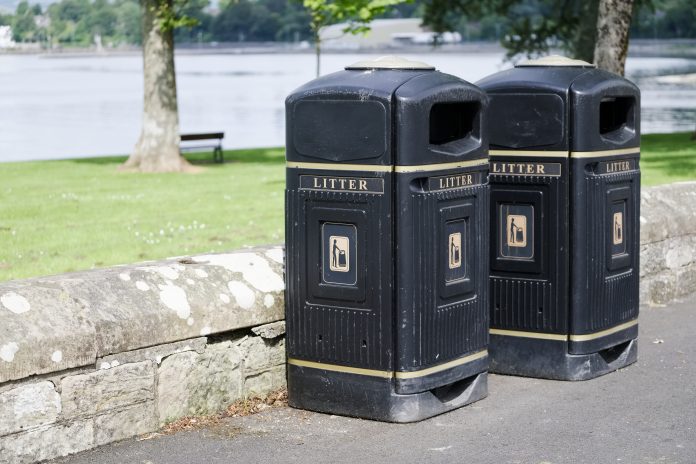Anique Bravenboer, alliance manager, Yotta, explores the ways in which councils have been adapting in order to continue to deliver essential services during the COVID-19 lockdown
In many different countries, people take a high standard of public services for granted. Tidy streets and well-kept parks and gardens are a common sight in countries all over the world. No one looks twice when walking past an empty, clean litter bin in the street.
People tend to forget the importance of, and the urgent need for, local services. Often, they see these services as a public right, something that they have become accustomed to paying for through taxes. In many countries, the streetlights, highways and local waste collection services are regarded as part of a duty of care that the local authority has towards its residents. In short, the public often just assume that council services are there today and always be.
For the first time in decades the advent of the coronavirus pandemic called the ongoing resilience and continuity of these services into question. Very few could have predicted the virulence and the reach of the global COVID-19 pandemic. At the beginning of the year, any risk projection model that predicted that large swathes of the world’s population would be in lockdown within months would have been seen as fanciful in the extreme.
The truth is councils have faced unprecedented challenges in continuing to deliver services to their communities during the coronavirus crisis. Local authorities quickly came to realise that to ensure business continuity at a time when some staff would need to be working at home and others might be ill or self-isolating, they needed to be able to efficiently manage their operational resources. That would be a key pre-requisite to ensuring network resilience and keeping services up and running during the pandemic. To keep the public on-side and engaged, however, it was important to deliver business as usual: service levels that were the same or similar to what residents were used to.
This was and will continue to be a big ask. The public is often the harshest critic of local authority departments. Residents are likely to voice their strong opinion when anything in the public space fails to reach the high standards they expect.
For councils, the big question all through this crisis has been: How can levels of resilience and business continuity be guaranteed in public services during these unprecedented times and what will the approach taken bring to our society after the virus has gone?
Gauging the operational challenge
The greatest challenge to standard operational practice for councils arguably came right at the very start of lockdown. The back-office workforce was sent home to continue operations from dining rooms, studies and reception areas while operational teams remained out in the field.
In this context, every aspect of the council’s environmental, highways and infrastructure management services have come under pressure and have been challenging to deliver.
Whether it is the pressure of increased volumes of household waste, due to the need for residents to stay at home, or the impact that lockdown has had on chargeable services like bulky or garden waste collections, and on commercial collections generally, working out how these can be re-configured to continue efficiently and safely has been a major challenge.
Other environmental services have also been impacted, with the impact of lockdown seeing changing priorities for street cleansing services and a shift in immediate focus from cyclical activity that was usually driven e.g. by high footfall towards more reactive activity such as emptying dog bins and dealing with fly-tipping.
With traffic levels a small fraction of what they are in more normal times, some councils have taken advantage of the quieter roads to fill in potholes and undertake general maintenance. Activities such as disinfection, including of handrails, bins and even vehicle interiors have had a much higher priority in lockdown and will continue to do so as we come out of it in due course. Councils are likely to also prioritise understanding the location and condition of a wider range of assets across the public realm to ensure they are in the right place and the right condition.
That’s where technology and more specifically connected asset management can have a key role to play, effectively providing a system that can manage for the council’s teams. It connects to assets located in public spaces, informs operational staff what needs taking care of where and when and notifies them of every ad-hoc report made by the public.
Connected asset management helps local authorities to monitor not only the quality of inspections that take place, but also ensures that operations are on top of the weekly maintenance schedules that are in place, in all asset categories managed by the local authority or their contractors.
The quality measurements councils need to achieve can be predefined, alerts put in place to effectively automate responses to incidents and escalations and best practice health and safety procedures can be notified and taught to staff.
Ultimately, this marriage of human workforce and technology has been key in keeping hard-pressed council services up and running during the pandemic. It has been tried, tested and is working in local authorities all over the world and we expect its use to grow during the lockdown and beyond.











